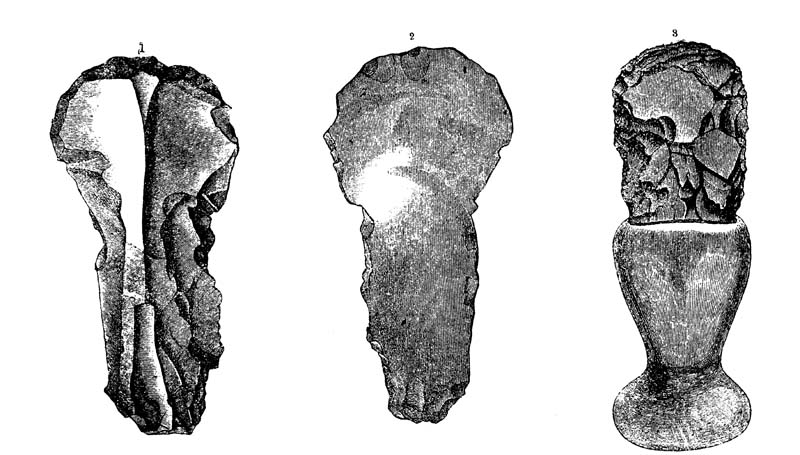<![CDATA[Excavations at one of the most historically rich sites in South Africa have produced more artifacts that were made during the Stone Age. The discovery was made at an archaeological site at Kathu in the Northern Cape, situated between the Kuruman Hills and the Langberge mountains. The archaeologists working on the site hailed from the University of Cape Town, South Africa, and the University of Toronto, and found hand axes and other tools at the site. The tools are estimated to be up to a million years old. The study was led by Steven James Walker from the Department of Archaeology at the University of Cape Town. His colleague is Michael Chazan, Director of the Archaeology Centre at the University of Toronto. They state that the site in which the tools were found may have been used as a quarry (Flintstones jokes may be made now). Walker states that the site was used extensively and was mainly used for stone tool manufacture. It may have also served other purposes, as the scientists did not find many flakes and rough-outs to suggest the tools were made on site. Plus, the axes found were made from rock that was not present on the site, indicating that the site had a more diversified function, like an industrial warehouse for the Stone Age. Walker states that Kathu archaeological site is an amazing place, but its longevity is threatened. He has been working along with developers and also organizations such as the South African heritage Resources Agency, to try and preserve what is left of the area. Efforts have been somewhat fruitful, but the expansion of Kathu Townland continues to threaten the welfare of the site, cutting off access and free movement to and from the site. The town itself is also a major iron mining center, which poses an even greater challenge to archaeologists and developers. Several flakes and cores were found in the area. Some of these flakes were intentionally cut on both sides, while some others had more complex and irregular patterns and cuttings. While the way the rocks were carved was intentional, the researchers do leave some room for the possibility that some of them may have been carved by natural processes. The main two minerals used to make the tools were banded ironstone and quartzite. The Kathu Townlands site is part of an even larger prehistoric area called the Kathu complex, where many fossils and million-year-old artifacts have been found. For example, the Kathu Pan 1 has produced fossils of elephants and hippos, as well as million year old tools and weapons. Today, the lands are dry and parched. But based on the weapons found and the animals that were hunted based on fossil records, the are may have been lush with green and water. The first stone tools used by mankind are called "Oldowan tools", and were used 2.6-1.7 million years ago. The tools found at Kathu are more recent than that. The findings were published last week in the online journal PLoS ONE.]]>
Million-Year-Old Artifacts Found in South Africa
